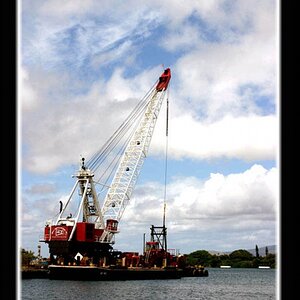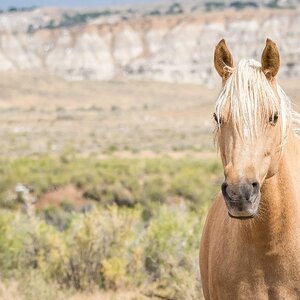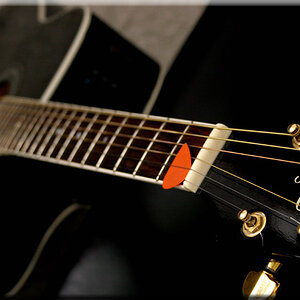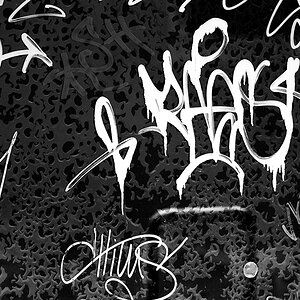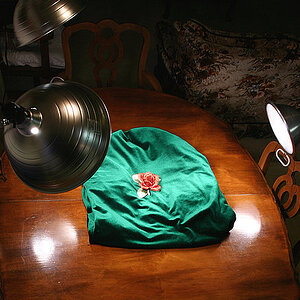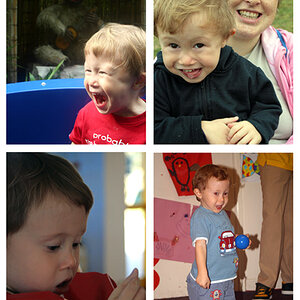MGriff240
TPF Noob!
- Joined
- Feb 10, 2010
- Messages
- 185
- Reaction score
- 0
- Location
- Horsham, PA
- Can others edit my Photos
- Photos OK to edit
Well I've been involved in drifting for the last year or so, and now that I'm decent with a camera I've been able to get on-track. My first event a few weeks ago was definitely an eye-opener for me...I basically learned how to pan on-the-spot.
I talked to a respected photographer in the sport and he stressed getting a f/2.8 lens to help speed up the focus of the lens. Would the 2.8 really make THAT much of a difference over a 4 or 5?
Here's the best two shots I've been able to get with my 55-200 f/4-5.6.
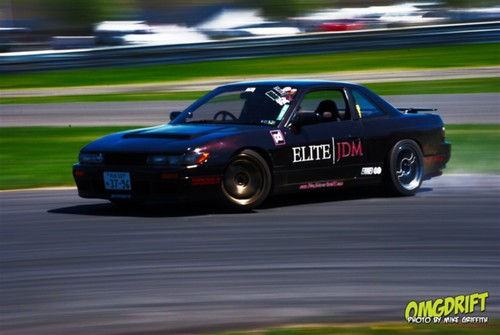
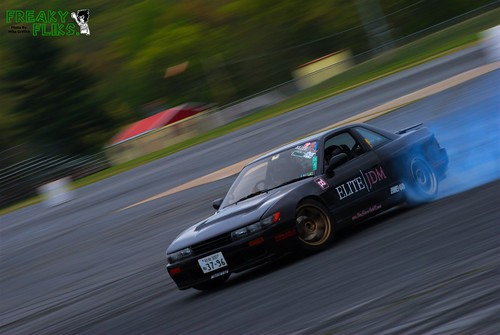
I talked to a respected photographer in the sport and he stressed getting a f/2.8 lens to help speed up the focus of the lens. Would the 2.8 really make THAT much of a difference over a 4 or 5?
Here's the best two shots I've been able to get with my 55-200 f/4-5.6.





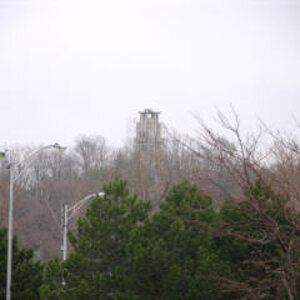
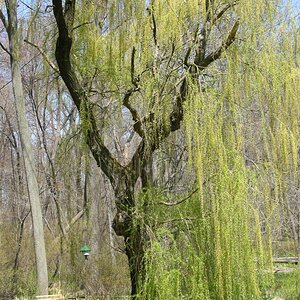
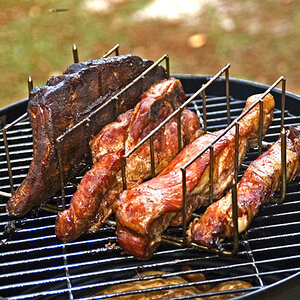
![[No title]](/data/xfmg/thumbnail/36/36668-ac1cd3882e96edd642d568c48ed3e7a5.jpg?1619737676)
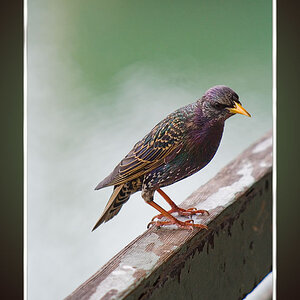
![[No title]](/data/xfmg/thumbnail/42/42272-c0d91b9d0872bcdfbcdfb5bb0529e302.jpg?1619740081)
